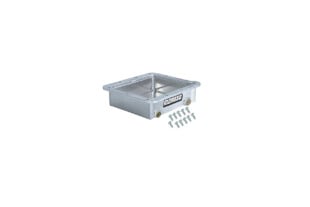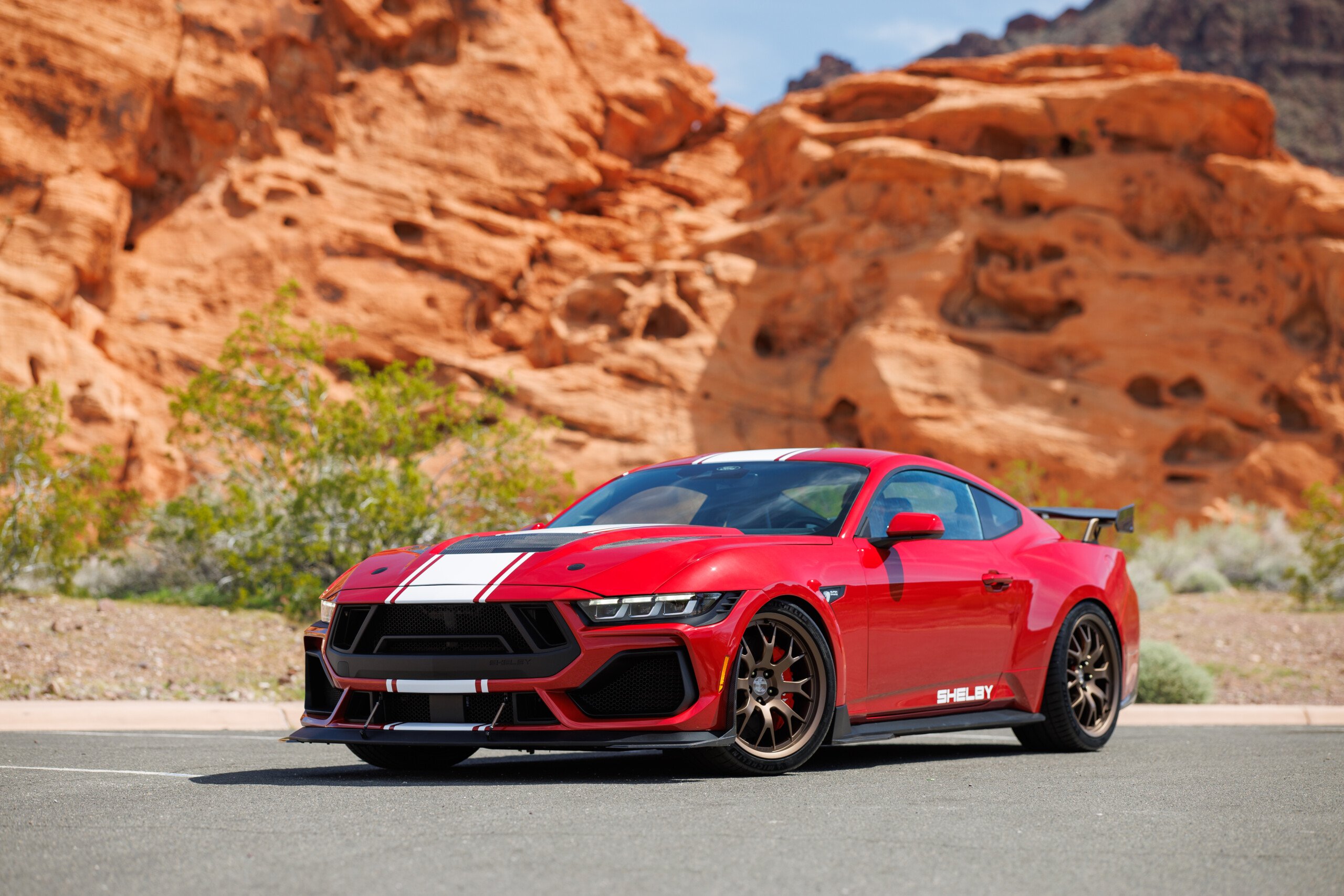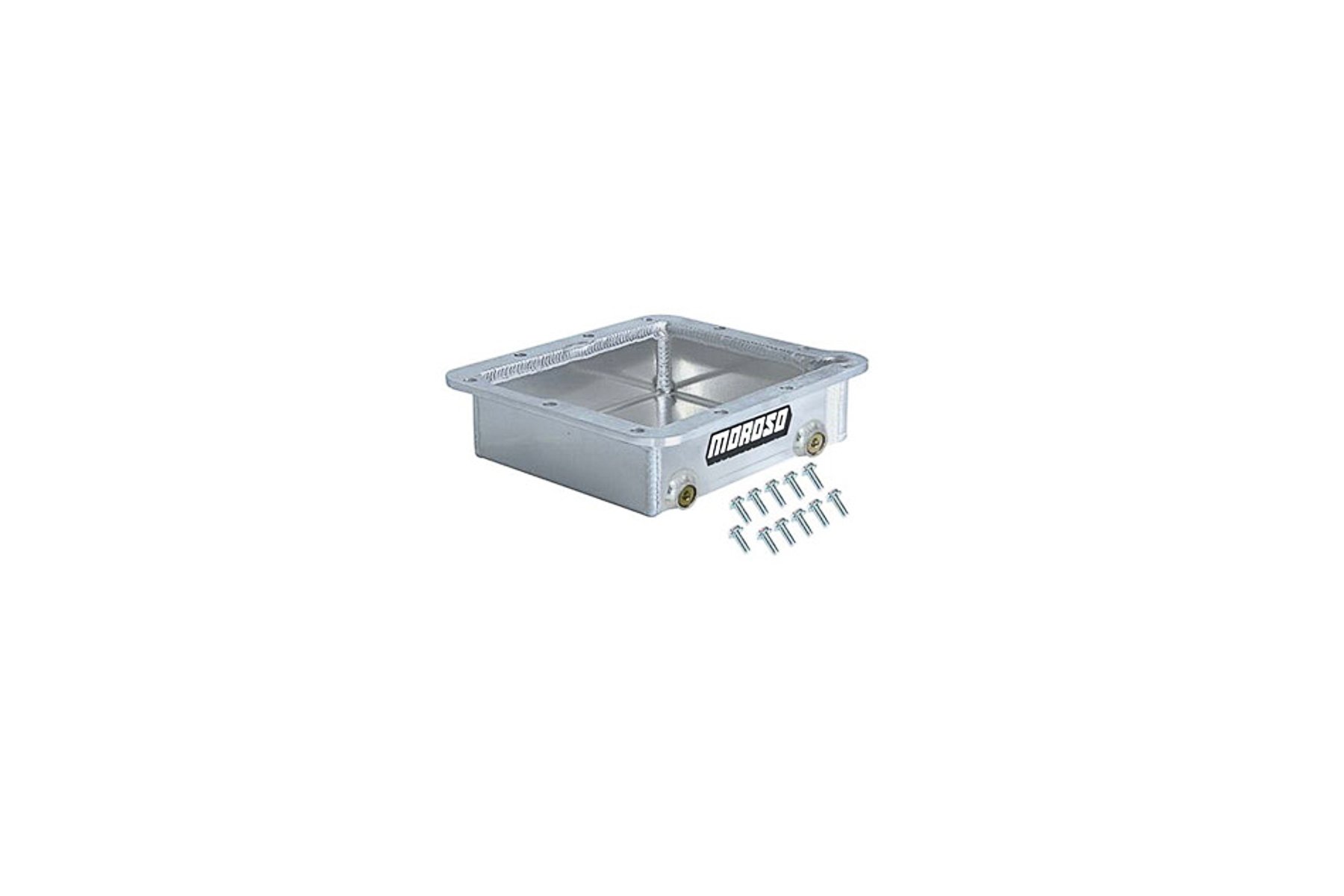Backed by key scientists and dedicated supporters, a group of seasoned explorers aim to be the first wheeled expedition to circumnavigate the Earth through both geographic poles. This is the Transglobal Car Expedition. Their effort will take about 18 months and span more than 30 countries—much of it in the middle of nowhere. They’ll cover approximately 31,000 miles, including roughly 4,660 miles of sea ice in the Arctic.

Rosy Mondardini (left), Paola Catapano (center), and Andrew Comrie-Picard (right), work together to finalize trip preparations. Photo: Mercedes Lilienthal
Each of the eight core teammates brings critical qualifications to the table and is remotely supported by a world-class scientific team and support crew. This expedition will conduct essential science experiments along the way (some of which have never been completed in certain regions). They will monitor ice thicknesses via electromagnetic sonar at the North and South Poles. The team partnered with the Cosmic Pi project and will record the flow of cosmic radiation coming from far-flung areas of our universe. They’ll even analyze light pollution and garner statistical info of human physiological transformations in extreme environments. Here’s who, how, and why they’re doing it.

Alexei Safonov (left) and a friend work together to bring up leg #1 of the trip’s navigation. Photo: Mercedes Lilienthal
Meeting The Core Transglobal Car Expedition Team
Andrew Comrie-Picard, or as many know him as ACP, is a North American Rally Champion and an X Games medalist. He has also participated in Hollywood blockbusters as a stunt driver and has achieved success as a TV personality, appearing on shows like Top Gear USA and other programs on Netflix and Discovery. However, ACP is also a global explorer with a major focus on environmentalism.
Alex Abramov is a master mountaineer who has successfully performed more than 150 ascents in numerous countries around the world, nine of those being Mount Everest. Abramov is the founder of the 7 Summits Club and received a Master of Sports of the USSR title in mountaineering. He has been organizing expeditions and competitions professionally for the last 25 years.
Professional mountaineer Vasily Shakhnovsky partnered with Abramov and plans to lead by example for his children, and grandchildren by demonstrating that anything is possible.

The AT44 XDS F-350 6×6 drove through Manhattan before the crew launched their 18-month expedition. Photo: Mercedes Lilienthal
Alexei Safonov is a global traveler who traversed the Earth via ocean, sky, and the ground. He has been to both North and South poles and has also conquered Mount Everest.
Mikhail Bulgach is a doctor by education and has experience in emergency medicine. Currently retired, Bulgach has knowledge of extreme wheeled expeditions in a variety of challenging weather. He has completed the “Pole of Cold” to the Oymyakon in Yakutia in Russia and the sands of the Sahara Desert in Mauritania and Morocco.
Zurab Sanikidze has 30 years of experience in remote global construction and logistics. He is a decorated athlete with a variety of medals and championship titles from back in the USSR. These include awards like medals from the National Swimming Championships, winner of the National Cup, and being a finalist of the USSR Championship.
The Last Two Core Members: The Vehicle Masterminds
Born in 1953, Vasily Elagin has a highly accomplished background. Elagin is known as the mastermind behind the enormous 6×6 amphibious Yemelya vehicles. These specialized mobile units became the first wheeled vehicles in the world to reach the North Pole in March 2009.
However, Elagin is an honored Master of Sports International Class in mountaineering, earning the esteemed Snow Leopard award. He also participated in the Paris-Dakar Rally, completed sea-sailing voyages, and more. Elagin took part in several wheeled Arctic expeditions of the “Polar Ring,” after which he envisioned creating a vehicle that could reach the North Pole. Hence, Yemelya expedition vehicles were born.

The expedition needs to be self-sufficient when traveling for 18 months and 31,000 miles through both North and South pole. Photo: Mercedes Lilienthal
Emil Grimsson is the chairman of Arctic Trucks and was the former president and shareholder of Toyota Iceland. He has two MBAs, one from the University of Iceland and the other from San Diego and has forged several new polar tracks across the globe.
Grimsson specializes in providing logistical support, expedition planning, and engineering expertise in the polar regions, including the Arctic and Antarctica. Arctic Trucks helped create two new pioneering routes, an Antarctic track developed in 1997 and 1999, in Greenland. Since then, Arctic Trucks has become a worldwide leader in polar transportation. They have logged over 235,000 miles with 91 expeditions in Antarctica alone.
Specialty-Built Vehicles
Originally based in Iceland, Arctic Trucks has outfits across the world, including a new facility built two years ago in Cheyenne, Wyoming. The polar-region vehicle builder has been around for approximately 30 years and has about 15,000 vehicles on the road globally, according to U.S. general manager Leif Jensen.

Amber spots are used in conjunction to large white auxiliary driving lights. Photo: Mercedes Lilienthal
“[Arctic Trucks] are the ones who built all the [Transglobal Car Expedition] 6×6 Ford F-350s and we modified the [Ford] Expeditions,” Jensen stated. “We have three 6×6 F-350s and four Ford Expeditions. An F-150 [hybrid] was built as we were establishing the [U.S. counterpart] of the company, too. But it was still built in America.”
Leif said the first two 6x6s were prototypes, so they took longer to build. A 6×6 outfitted for full Arctic expedition “that will make sure you get there and back safely” takes approximately 600 hours to complete. He also said it’ll set you back about half a million dollars.
Those specially designed trucks travel on 44-inch Nokian snow-flotation tires that can be deflated as low as 2 psi when it’s fully loaded. These rigs can run 3-5 times faster and save 5-10 times more fuel than traditionally tracked vehicles.
Here is the specialty-built vehicle line-up Transglobal Car Expedition plans to use. Arctic Trucks built the first three models.
- AT44 F-350 6x6s: used for about 1,300 miles in the Arctic and 5,600 miles in Antarctica
- AT44 F-150 hybrid: used for over 31,000 miles of continental crossings
- AT35 Ford Expeditions: used for over 31,000 miles of continental crossings
- Yemelya 6×6 amphibious vehicles: used for roughly 4,000 miles in the Arctic (6,300 to 6,800 estimated kilometers, per Emil Grimsson)

The Transglobal team has decades of varied exploratory experience. Photo: Transglobal Car Expedition
Heavily Prepared, Ready To Go
Work to prepare for this expedition started over five years ago. The team completed four pre-expeditions. These were in key areas for testing before departing New York City for their current voyage. They’ve learned a lot and have had some hard pills to swallow.

The team’s truck was recovered by helicopter after it fell through ice. Photo: Transglobal Car Expedition
In March 2022, the group lost a heavily modified Ford F-150 when it unexpectedly plunged through the ice in the Canadian Arctic. It sank to the ocean floor approximately 30 feet down. That accident stunned the team. They had pulled an electromagnetic sonar device to read ice depth behind them during the entire route. The thickness of that area of the Tasmania Islands was 17.7 inches thick. Just over four days later, however, when the crew came back, it was open water.

The crew removed the Ford’s contents after the truck was recovered from the water. Photo: Transglobal Car Expedition
Transglobal Car Expedition cares about the environment. They went back five months later and retrieved the fated Ford. They remediated the site and since then, have developed deeper relationships with the indigenous people and the Canadian government.
The Science Behind This Voyage
The explorers backing Transglobal Car Expedition boast decades of worldwide exploration, extreme mountain summits, rally championships, and expertise in emergency medicine. But science also plays a huge role.
Paola Catapano is a science communicator for CERN, the European Organization for particle physics. She also represents the Polar Quest Association, a non-governmental organization based in Switzerland, organizing citizen science expeditions mostly catered to polar regions.
“Transglobal Car Expedition is connected with a parent association based in Geneva. It is called Good Gear,” Catapano said. “They contacted us asking for help to find scientific experiments and communicating scientific experiments onboard the Transglobal Car Expedition [vehicles]. They already had the CI’s thickness experiment with Professor Haas [to read ice thickness and the health of polar ice]. But we added a few more experiments.”
Catapano’s team engages in on-board science. “We will also organize a few events along the route where the crew meets people,” she said. “They will act as ambassadors and testimonials of the science project and will involve people they meet on the route in the science project.” Catapano’s team’s specialty is communicating science, documenting science, and “doing citizen science.”
Citizen Science
Rosy Mondardini is the director of research and innovation at the Citizen Science Center in Zurich. Switzerland, an initiative of the University of Zurich and ETH Zurich. She’s also a member of Polar Quest and is assisting the overall effort as an expert in citizen science.
“[Transglobal Car Expedition] is really keen about communicating not only with the enthusiasm they have for the trip,” Mondardini said, “but also the idea you could really take advantage of this to do something useful for science.”
From Mondardini’s point of view, citizen science experiments championed by an expedition is so inspiring. It’s a unique opportunity to give citizen science visibility. It’s also a great way to involve people they’d meet along the way.
These are the elements both women, along with the other scientists, support crew, and the greater collective, are bringing to the table to support Transglobal Car Expedition in their global endeavor.
Photos by Mercedes Lilienthal and Transglobal Car Expedition





























